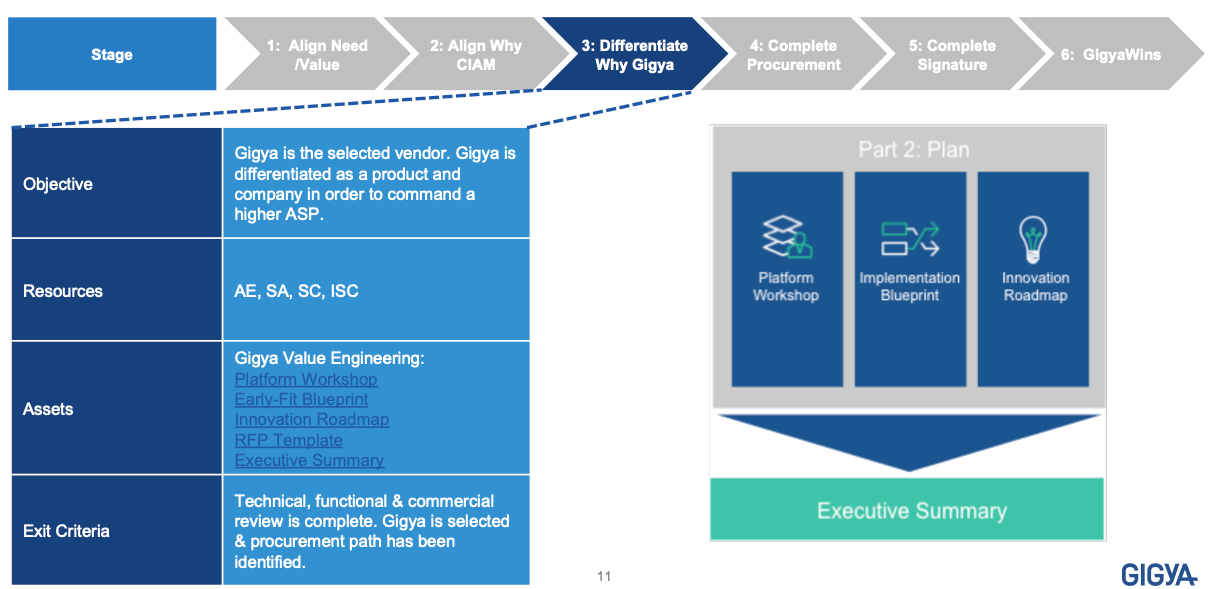Sales Playbook: What is it and How to Establish it
Insights from an enterprise software companies' playbook that led to $100M+ run rate
In my last post, I touched on how founder-based sales methodology is all about teaching and insight. This serves as the foundation for founder-led sales and sets the stage for new sales leaders and reps who join the organization. However, teaching and insight are just the beginning. As companies grow, they need to establish a sales playbook to bring more resources into the organization.
Unlike traditional sales playbooks that focus on qualifying prospects out of a sales process, modern sales playbooks aim to teach buyers to see the world in a new way and create demand where it might not have existed. This is especially crucial when creating a new category or asking a customer to replace an existing product.
The sales playbook can be divided into three steps: 1) Confirm Need; 2) Why New Product; 3) Why Company’s Product.
A) Confirming Need: As a startup, you should clearly understand the need(s) your product or service addresses for potential prospects. There may be a single need, several overarching needs, or even sub-needs. During the sales cycle, a seller should have a point of view based on research that the prospect likely shares. The goal of the conversation is to use insight and teaching to make the buyer recognize and agree that they have one of those needs.
For example, at my last company, we helped customers with three overarching needs: 1) Improved customer experience; 2) Know your customer; 3) Consumer Privacy Compliance. This wasn't about discovery, but alignment and teaching. When selling to a major CPG company like Nestle, I might say something like, "In conversations with other CPGs like Unilever and Colgate, we've observed that building direct digital relationships and centralizing customer understanding across their brands for better lifecycle marketing is a top priority. They've discovered how 'customer identity' can be a unifying thread to make this happen." This approach sparks a response, leading to a productive back-and-forth conversation.
B) Why New Product: Once the buyer agrees they have a need, the goal is to convince them that your category of product (not specifically your company's product) can solve their problems. This is crucial because there are often multiple ways to address a need, and without aligning on the category, your product might get lost in the mix. To achieve this alignment, provide valuable analysis the customer can use, like scorecards and benchmarks.
C) Why Company’s Product: Most companies want to focus on this part of the playbook, but it should only come after aligning with the need and category. At this stage, the prospect agrees to build or buy the product within a specific timeframe. Typically, this part of the playbook includes a "review plan" with a 1) Functional Review; 2) Technical Review; 3) Implementation review. The goal is to emphasize why your product is the best fit.
The final stages of the sales playbook are procurement and signature, which, as a side note, often take longer than expected when selling to enterprises.
The key takeaway is that it's crucial for founders to be involved in establishing a sales playbook. This playbook should foster a culture of insight and teaching, initially focusing on aligning with the customer's needs and demonstrating how the product category addresses those needs. Only then should the focus shift to a technical review of the product itself. This approach helped me scale Gigya to a $100M ARR run rate, and I believe it holds true for many companies today.
Appendix: Here is the playbook we leveraged at Gigya, my last company:
Confirming Need
Why New Product
Why Company’s Product
Procurement, Signature, Win




